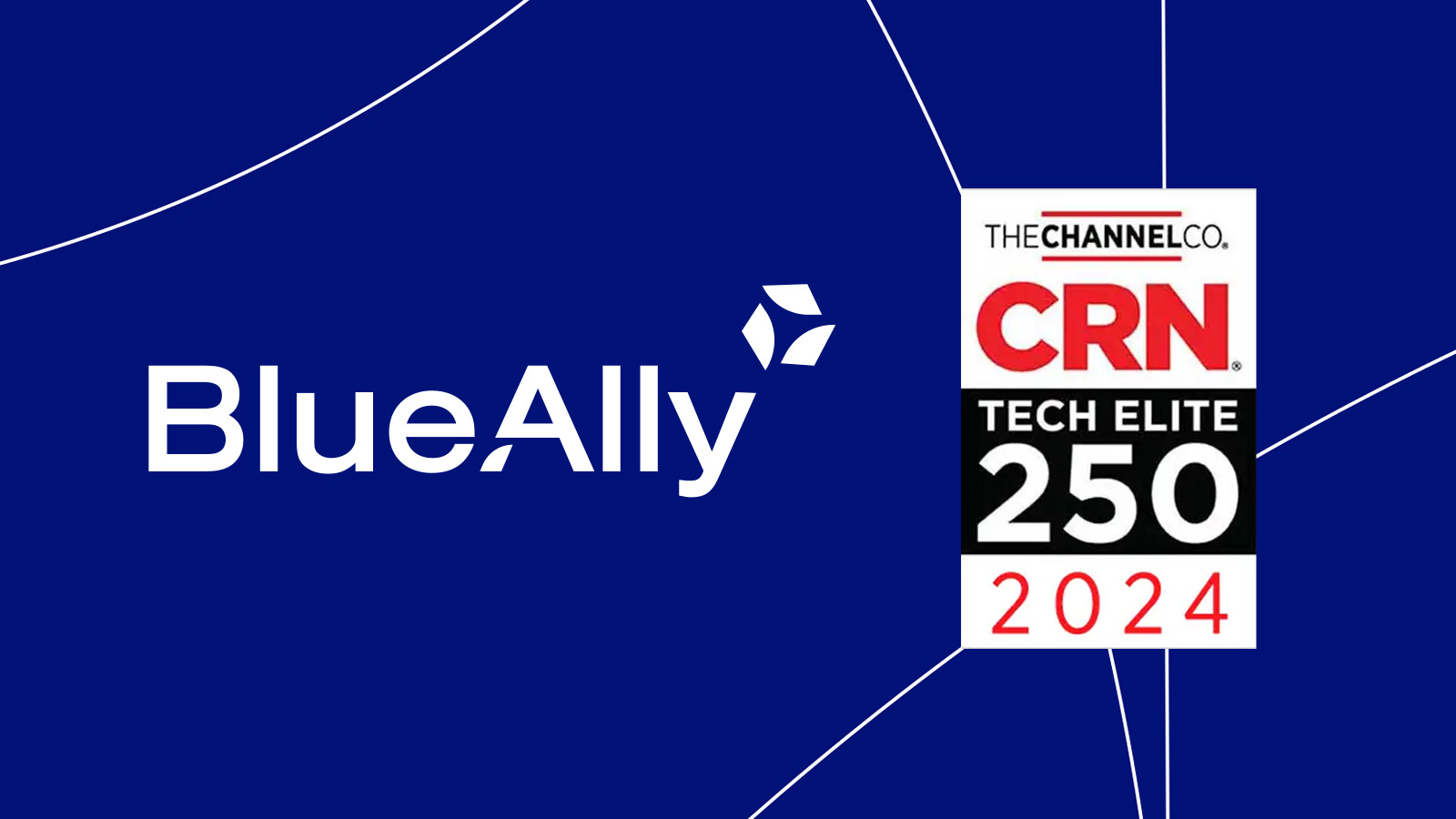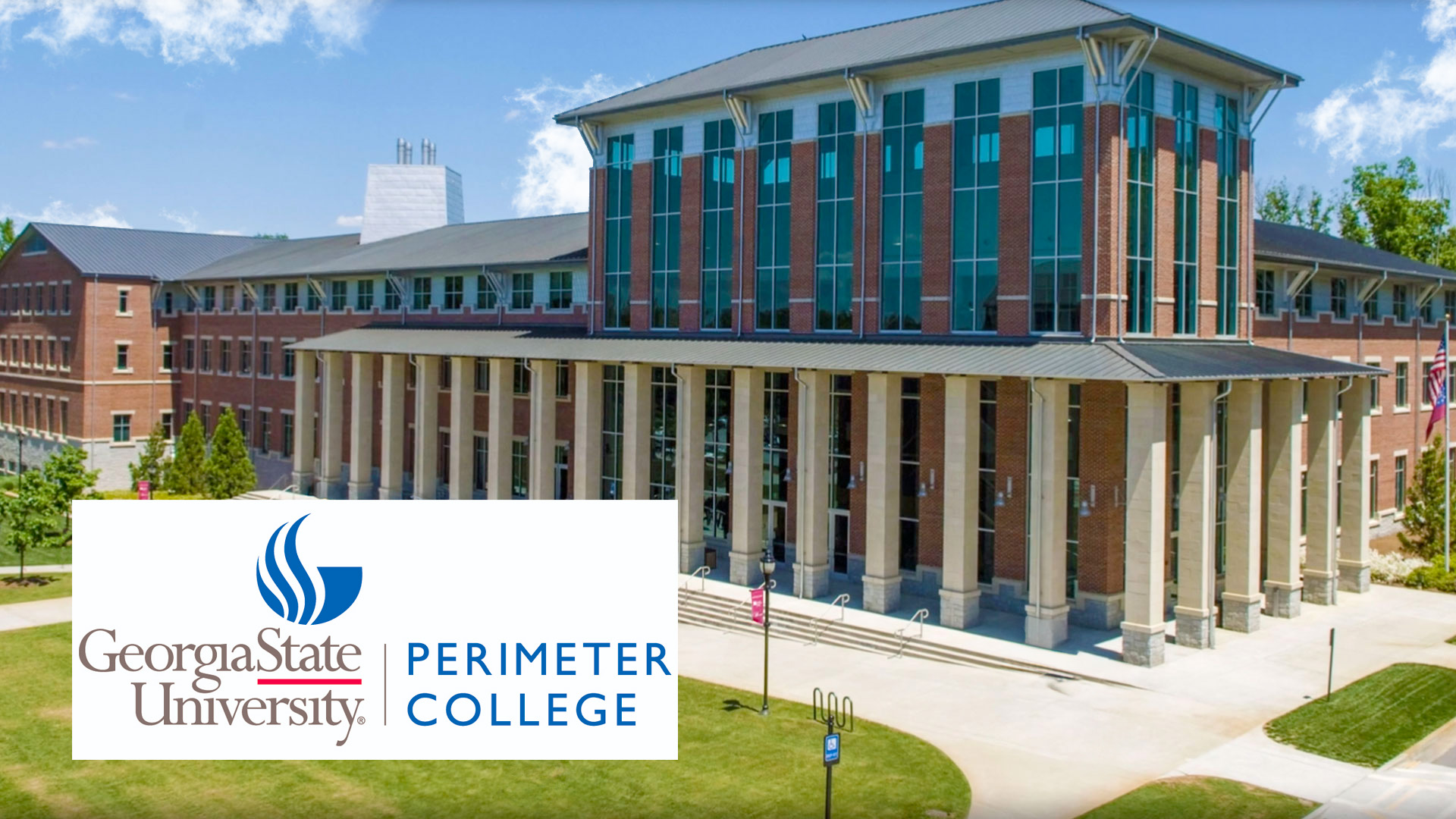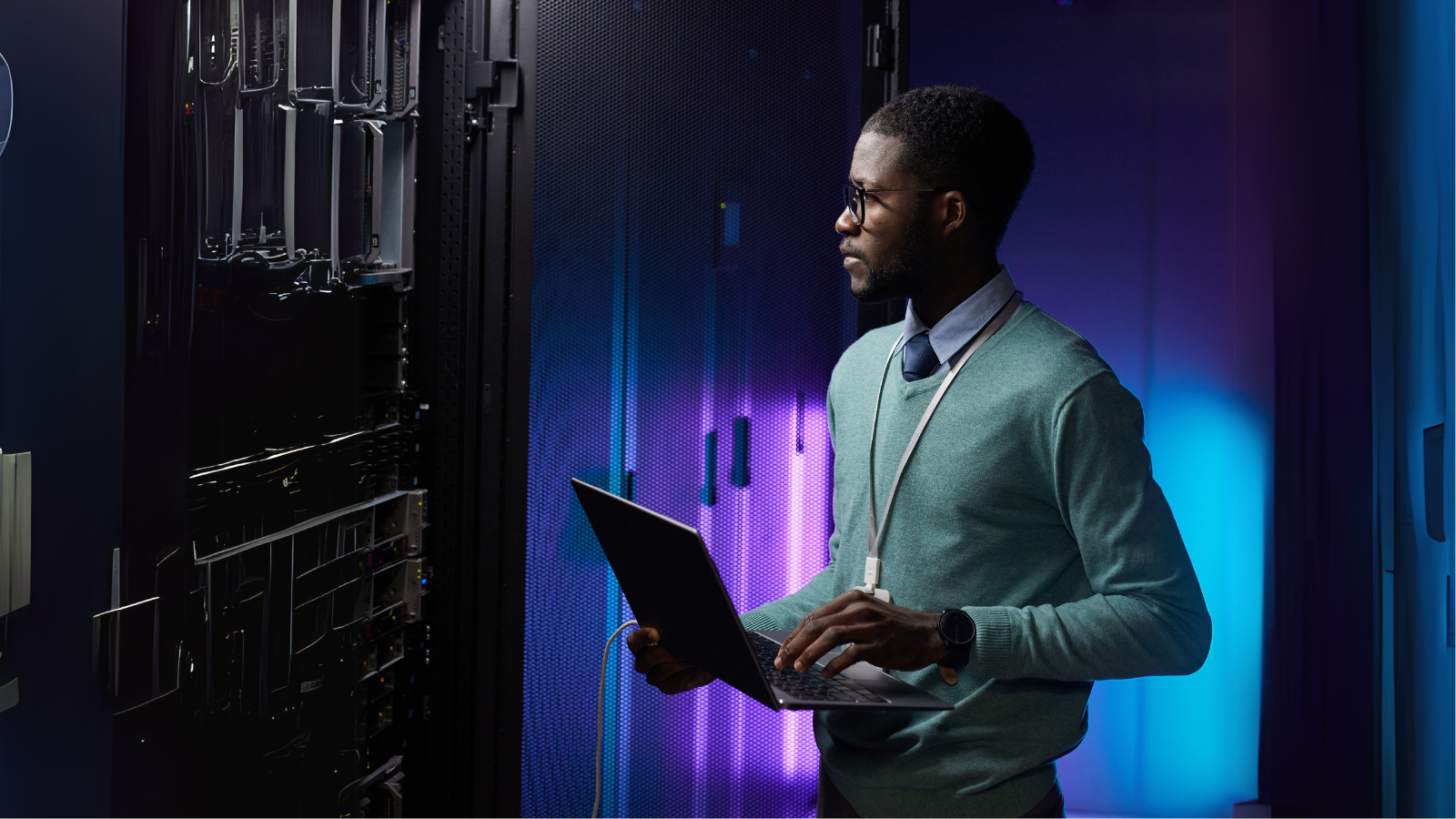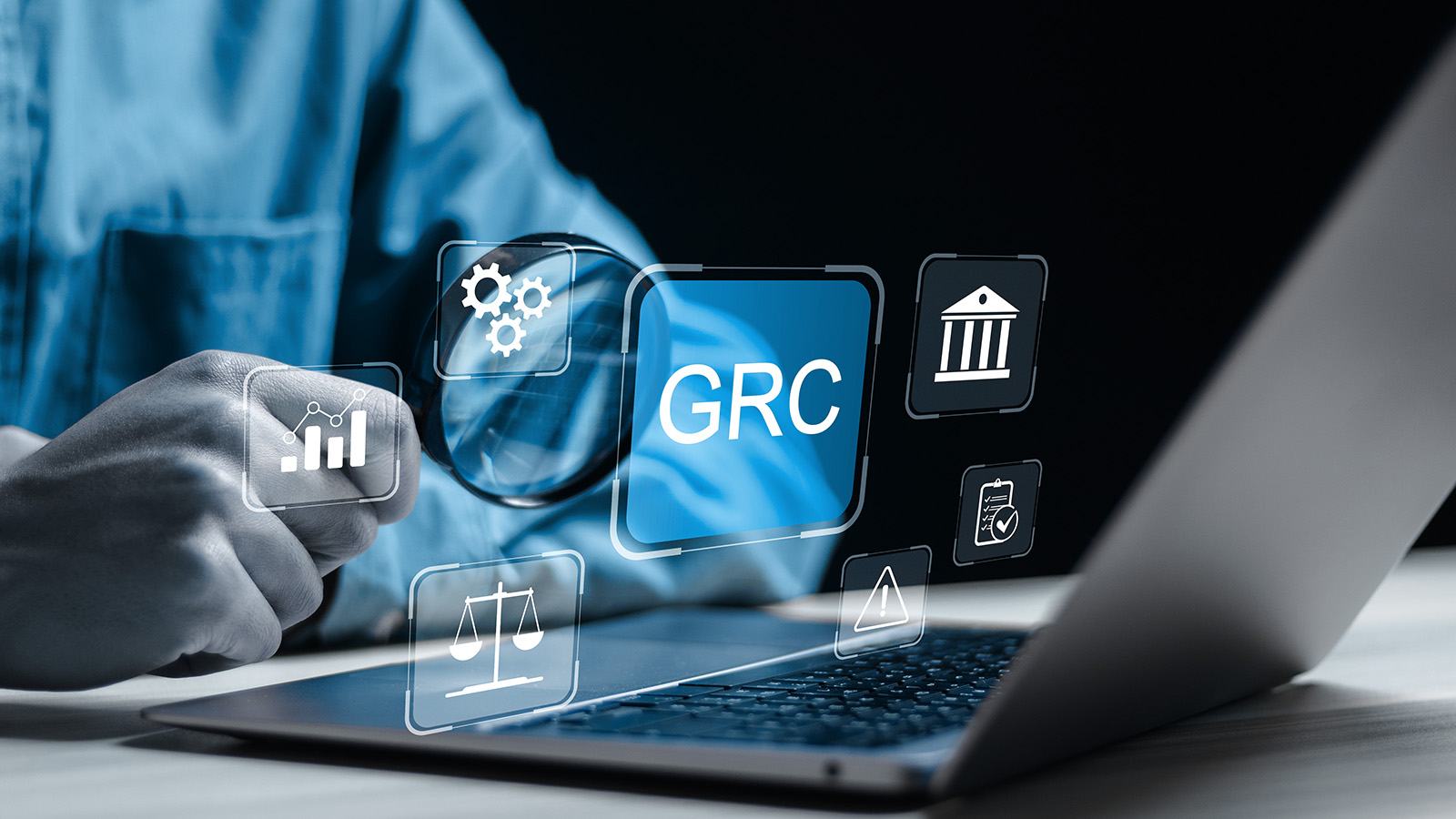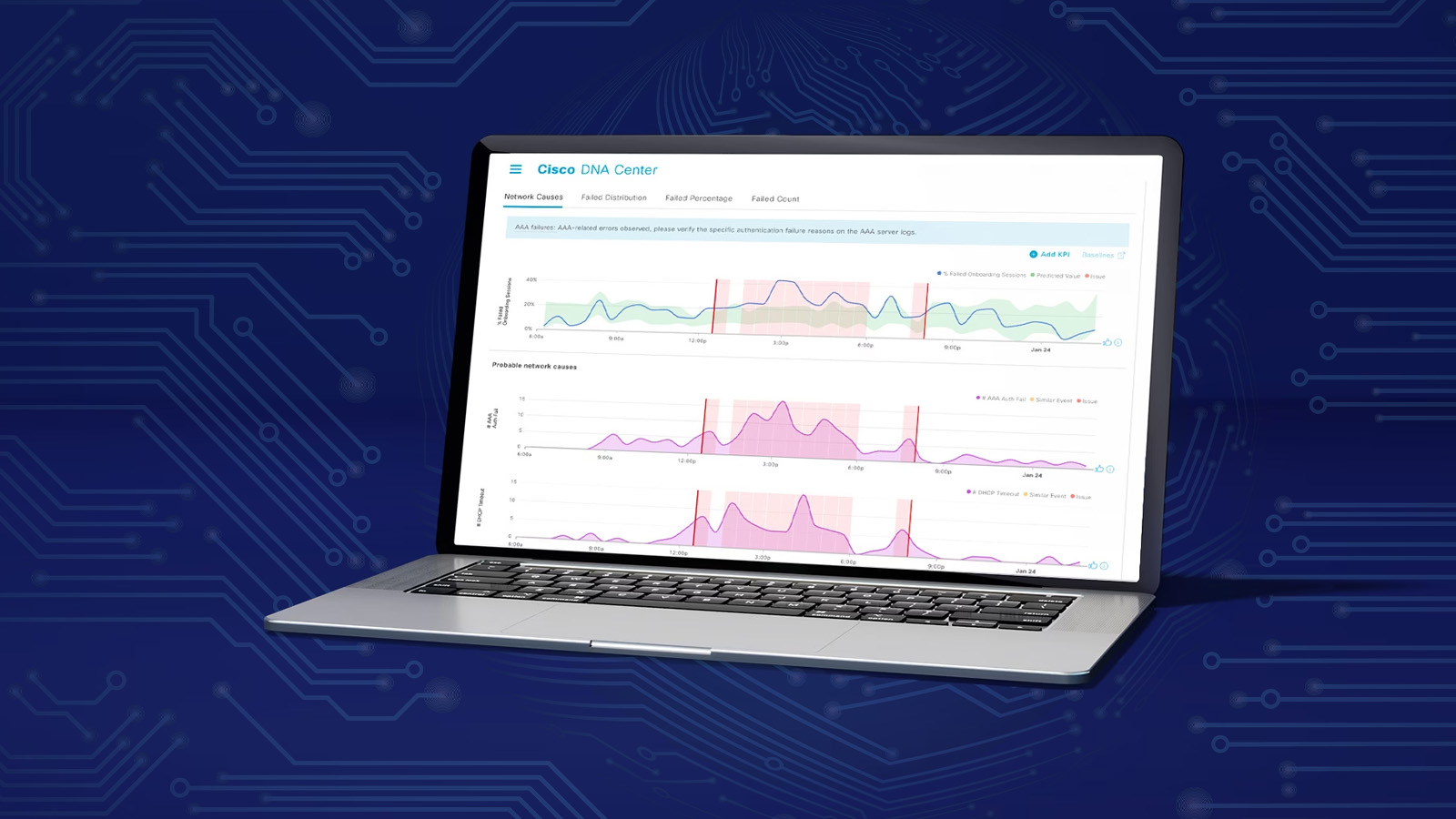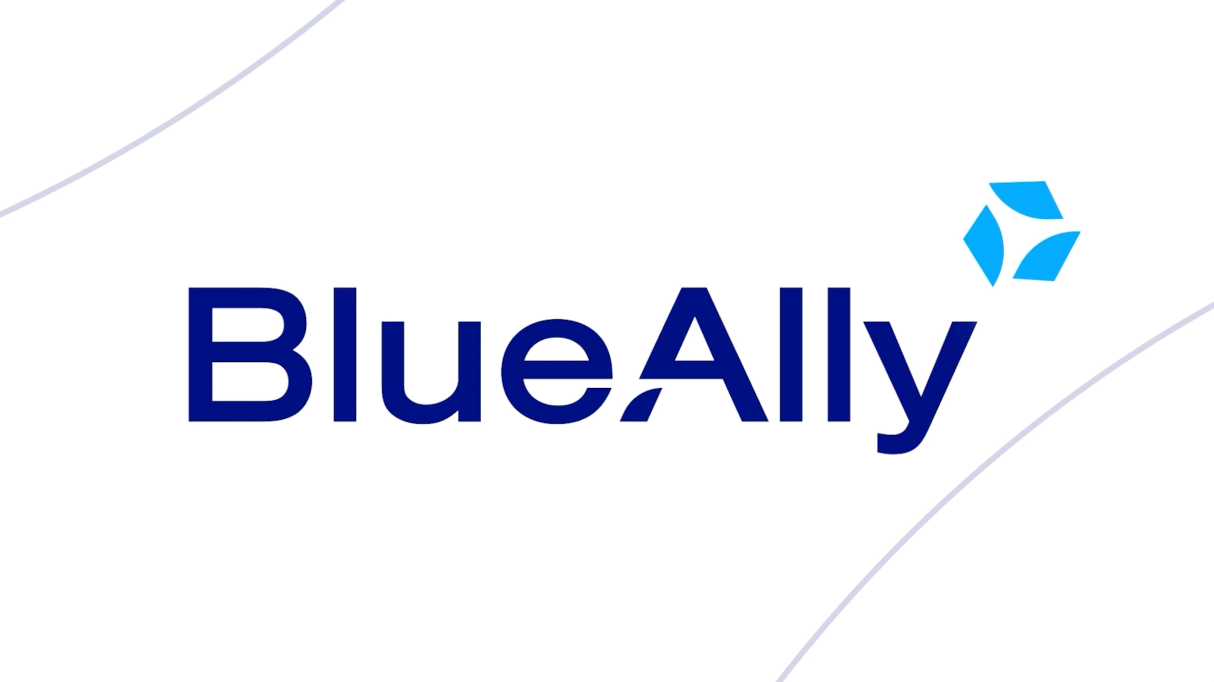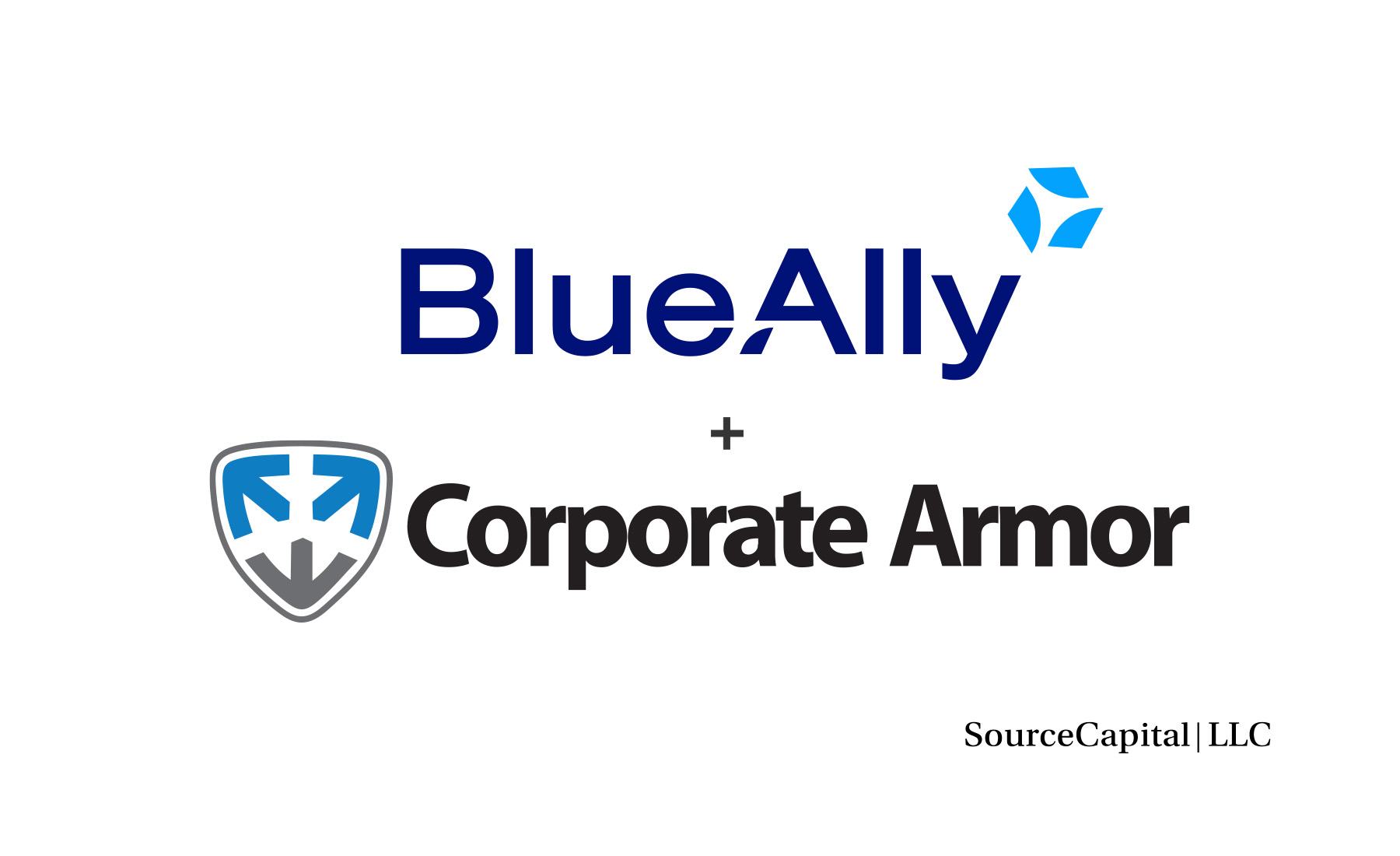 FEATURED
FEATUREDStrong passwords and multi-factor authentication remain foundational to modern cybersecurity—and they’re more critical than ever in 2025. Whether you’re an IT professional or managing an SMB without a dedicated IT team, staying current with password best practices is key to protecting your systems and data. This guide outlines the latest expert-backed recommendations from NIST, CISA, and other trusted sources to help you strengthen your password policies and reduce risk.
Use Strong, Unique Passphrases for All Accounts
- Favor length over complexity: Use long passphrases (e.g. a series of random words or a memorable sentence) instead of short, complex passwords. Longer passwords are far harder to crack – NIST requires at least 8 characters and allows up to 64 (including spaces and symbols) to encourage using lengthy but memorable secrets. Avoid common phrases or predictable patterns (no keyboard sequences like “123456” or personal info) to keep the password high-entropy and unguessable.
- No password reuse: Never reuse passwords across different accounts. Each account/login should have a unique password. Attackers routinely exploit stolen credentials by trying them on other services, so reusing a password puts all accounts at risk. Even modifying a reused password (like adding “123”) isn’t safe, as these patterns are easily guessed.
- Change default passwords immediately: Default/vendor-provided passwords (like “admin”, “password”, or “12345”) are widely known to hackers and must be changed during setup. Ensure every device, router, software, or account is secured with a new strong passphrase instead of any factory default.
Safeguard Passwords with a Password Manager
- Use a password manager: A reputable password manager application can generate strong, random passwords and store them securely so users only have to remember one master passphrase. The UK’s National Cyber Security Centre specifically recommends using password managers to improve security. This helps SMB staff maintain unique, complex logins without writing them down or reusing passwords.
- Keep passwords secret and safe: Emphasize that passwords should never be shared via email or chat, and avoid writing them on sticky notes or leaving them in plain sight. If employees must write down passwords to remember them, advise storing the record in a locked or secure location – not on their monitor or under a keyboard. For shared team credentials, use secure vaults or sharing features in a password manager rather than sending passwords directly.
- Mind your security questions and backups: Treat “security question” answers or backup codes with the same secrecy as passwords. Don’t use easy-to-find facts (like mother’s maiden name or pet’s name from social media) as answers. Wherever possible, opt for backup authentication methods that are more secure (like backup codes or secondary emails) or answer security questions with unpredictable answers known only to you (and store those in your password manager). Security questions and backups should also be stored in a password manager.
Enable Multi-Factor Authentication (MFA) Everywhere
- Turn on MFA on all accounts: MFA (Multi-Factor Authentication) requires a second step, like a one-time code or prompt on your phone, in addition to the password. Enabling MFA on email, banking, cloud apps – anywhere it’s offered – is one of the most effective steps to prevent account breaches. Even if a password is stolen or guessed, the attacker cannot get in without that second factor. Users who enable MFA are significantly less likely to get hacked.
- Use the strongest MFA available: Not all MFA methods are equally secure. Any MFA is better than none, but app-based authenticators or hardware security keys are stronger than SMS text codes. CISA notes that some MFA forms (SMS codes, push notifications without number matching) can be phished or bypassed, whereas phishing-resistant methods (like FIDO2/WebAuthn security keys or fingerprint/PIN unlock) are the “gold standard.” Whenever possible, opt for app-based OTP codes, push prompts with number matching, or physical security keys over just SMS.
- Plan for phishing-resistant MFA (FIDO/passkeys): Cybersecurity authorities urge organizations to move toward FIDO2 passkeys and other passwordless MFA solutions for maximum protection. These methods use cryptographic keys (often built into smartphones or USB tokens) to verify identity and will block logins on fake/phishing sites. While implementing such modern authentication, continue to use traditional MFA in the interim. CISA stresses that phishing-resistant MFA is a high-priority goal for all organizations, so SMBs should be aware of this trend and ready to adopt passkeys as services support them.
Embrace Passwordless Options (Modern Authentication)
- Consider passkeys and biometric login: Passwordless authentication (such as passkeys) is now being offered by major providers (Microsoft, Google, Apple) and can simplify login for users while boosting security. Passkeys use your device or biometric (fingerprint/Face ID) to log in with public-key cryptography, eliminating the typed password entirely. This means there’s nothing to steal via phishing – it’s inherently resistant to remote attacks and more convenient for users (no password to remember). When available, SMBs should allow or encourage users to switch to passkeys or physical security keys for services that support them.
- Integrate single sign-on (SSO): For business applications, use Single Sign-On solutions so that employees log in once with a single strong credential (protected by MFA) to access multiple apps. SSO reduces the number of passwords in use and lets you centrally enforce strong authentication. If using cloud services (Microsoft 365, Google Workspace, etc.), take advantage of their SSO and federated login features – users benefit from one secure login rather than managing dozens of passwords. This also makes it easier to go passwordless in the future, since one identity can be upgraded to a passkey or certificate-based login.
Set Practical Password Policies (Balance Security & Usability)
- Don’t force regular password changes: Avoid policies that require employees to change passwords every 60 or 90 days by default. Modern NIST guidelines explicitly say not to require periodic password resets without evidence of compromise. Frequent forced changes lead to weaker passwords (users choose simple patterns or incremental changes) and frustration. Instead, focus on initial password strength and only mandate a change if a password is known to be exposed or if an account shows suspicious activity.
- Avoid strict composition rules: Drop the old-fashioned rules like “must include a number, an uppercase, a symbol, and no repeat characters.” NIST now advises against mandatory complexity requirements – these rules often make passwords harder for users to remember but not much harder for attackers to guess. Users end up using predictable substitutions (like “P@ssw0rd!”), which add little security. It’s more effective to allow any characters (including spaces) so that users can create a comfortable passphrase; a simple, easy-to-remember passphrase can be both user-friendly and very strong.
- Screen for common or breached passwords: Ensure new passwords aren’t on the “worst passwords” list. Many systems now check chosen passwords against dictionaries of known compromised or extremely common passwords and will prompt the user to pick another if it’s found. SMBs should enable this feature if available or use third-party tools to block passwords like “Password123” or leaked passwords from data breaches. This prevents users from (even unintentionally) setting an easily crackable password.
- Securely store and transmit passwords: For IT professionals managing systems, follow best practices to store passwords safely (hashed and salted) and to never send passwords in plain text. Users should only enter passwords on secure, HTTPS websites – ensure your business web services all use encryption so that login credentials aren’t exposed in transit. While the technical storage is often handled by software, it’s good for SMB owners to know that reputable platforms will protect user passwords with strong hashing algorithms to reduce damage if there is a breach.
Educate Users and Stay Vigilant
- Teach employees about phishing: Human error is a leading cause of breaches – phishing is “consistently the most cost-effective way” for attackers to steal passwords. Train staff to recognize suspicious emails, links, or login pages. Ingrain a habit: never enter your password after clicking a link in an email or text. Instead, visit the site directly. This simple caution thwarts most phishing schemes. Emphasize that no legitimate company will ask for passwords via email. By being phishing-aware, non-technical users can avoid handing over even the strongest password to attackers.
- Keep an eye on your accounts: Encourage users to take advantage of breach notification services (such as haveibeenpwned.com) and to act quickly if a breach occurs. If a service they use reports a data breach, they should change that password immediately and not use it anywhere else. SMBs can subscribe to notifications about breaches and then guide their users to update credentials promptly. Regularly review account activity for unauthorized logins or changes – many cloud services provide alerts for logins from new locations or devices, which can tip you off to credential theft early.
- Stay updated on guidance: Cyber threats evolve, and so do best practices. Periodically review resources from trusted authorities like NIST, CISA, and NCSC for any updates in password policy or authentication recommendations. For example, NIST Special Publication 800-63 and CISA’s guidelines are updated as needed – ensure your company’s password policies align with the latest recommendations (e.g. no forced changes, MFA usage, passkey adoption). By keeping policies current, you avoid both security gaps and unnecessary user frustrations.
- Make password security part of your culture: Finally, build awareness that password security is everyone’s responsibility. Small businesses should foster an environment where employees feel responsible for safeguarding their accounts – encourage the use of strong passwords and MFA not just for work but in personal life too. Provide easy-to-follow reference guides or even brief reminders in company meetings. When non-technical users understand why these steps matter (e.g. a stolen email password could lead to business compromise), they are more likely to follow them diligently. In summary, combining strong, unique passwords with modern authentication (MFA/passkeys) and good user habits will dramatically improve your security in 2025.
In Summary
Password security is no longer just an IT concern—it’s a critical business function. By adopting strong passphrases, eliminating reuse, enabling MFA, and gradually embracing passwordless technologies, organizations can significantly reduce their risk exposure. For SMBs without in-house IT, these practical, expert-backed steps offer a clear roadmap to better protection. And for IT professionals, aligning policies with the latest NIST and CISA guidance ensures both compliance and resilience. As we move through 2025, prioritizing user education and maintaining a security-first culture will be essential in staying one step ahead of attackers.






